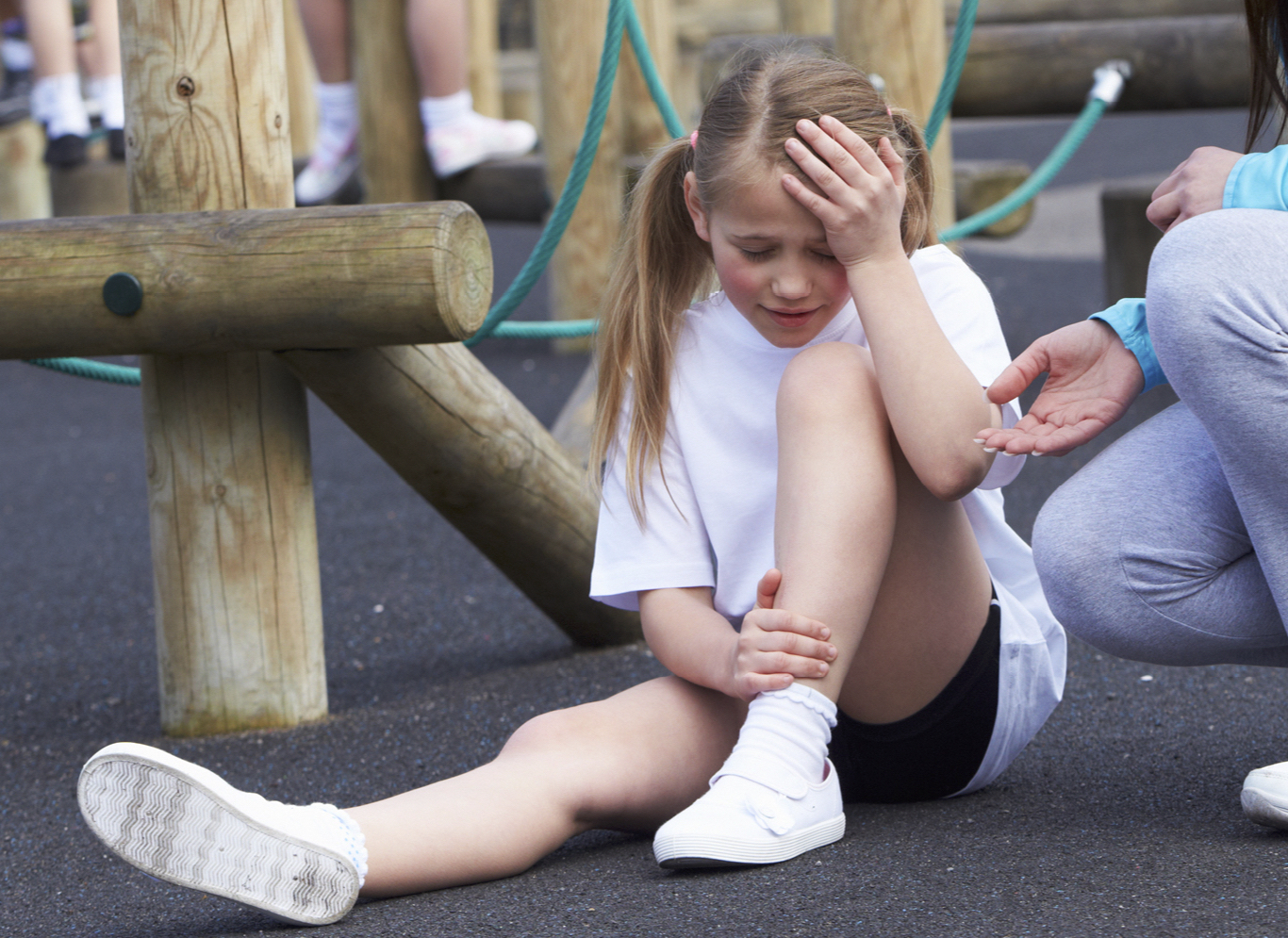Continuing the discussion from the last couple posts, I would like to discuss more conditions unique to children that can cause swelling and warmth in the foot.
Injuries such as sprains and strains are just as common in active kids as they are in adults, and generally kids can injure the same parts of the foot as adults. These include the Achilles tendon, the outside of the ankle, joints in the ball of the foot, as well as tendons on either side of the foot. The same healing reaction occurs in kids during these injuries as does occur in adults. This includes warmth, swelling, bruising, and sometimes redness.
Fractures can also occur in kids, just as in adults, and can include all of the above symptoms as well as significant pain, an inability to bear weight, and sometimes excessive motion of part of the foot due to the unstable nature of a broken bone or bones,
What is more unique to children is the potential presence of a growth plate fracture. Children’s bones are still growing, and most bones have a section of the bone that is composed of a line of cartilage that is slowly churning out bone tissue to essentially enlarge and elongate the growing bone. These growth plates are located on one end or another of the bone (never in the middle), and are somewhat fragile. When enough force or stress is applied to the bone during an injury, a fracture can occur. The fracture can disrupt the growth plate and travel through the bone on either side of the growth plate. Sometimes, the bone does not actually fracture, but the growth plate gets crushed nonetheless, resulting in damage.
Growth plate injuries are more serious than standard fractures because the damage can result in a partial or total disruption of the bone growth process. This can lead to partial, but deformed bone growth, or no growth at all. If the child is young enough, the deformity from the resulting abnormally short bone later in adolescence can be significant depending on which bone was injured. Therefore, potential fractures in children should be more carefully assessed, as growth plate fractures need closer attention and proper treatment to maintain the health of the bone and ensure they heal properly.
I will finish this discussion next week on one final serious group of conditions that can cause swelling and warmth in the child’s foot.

